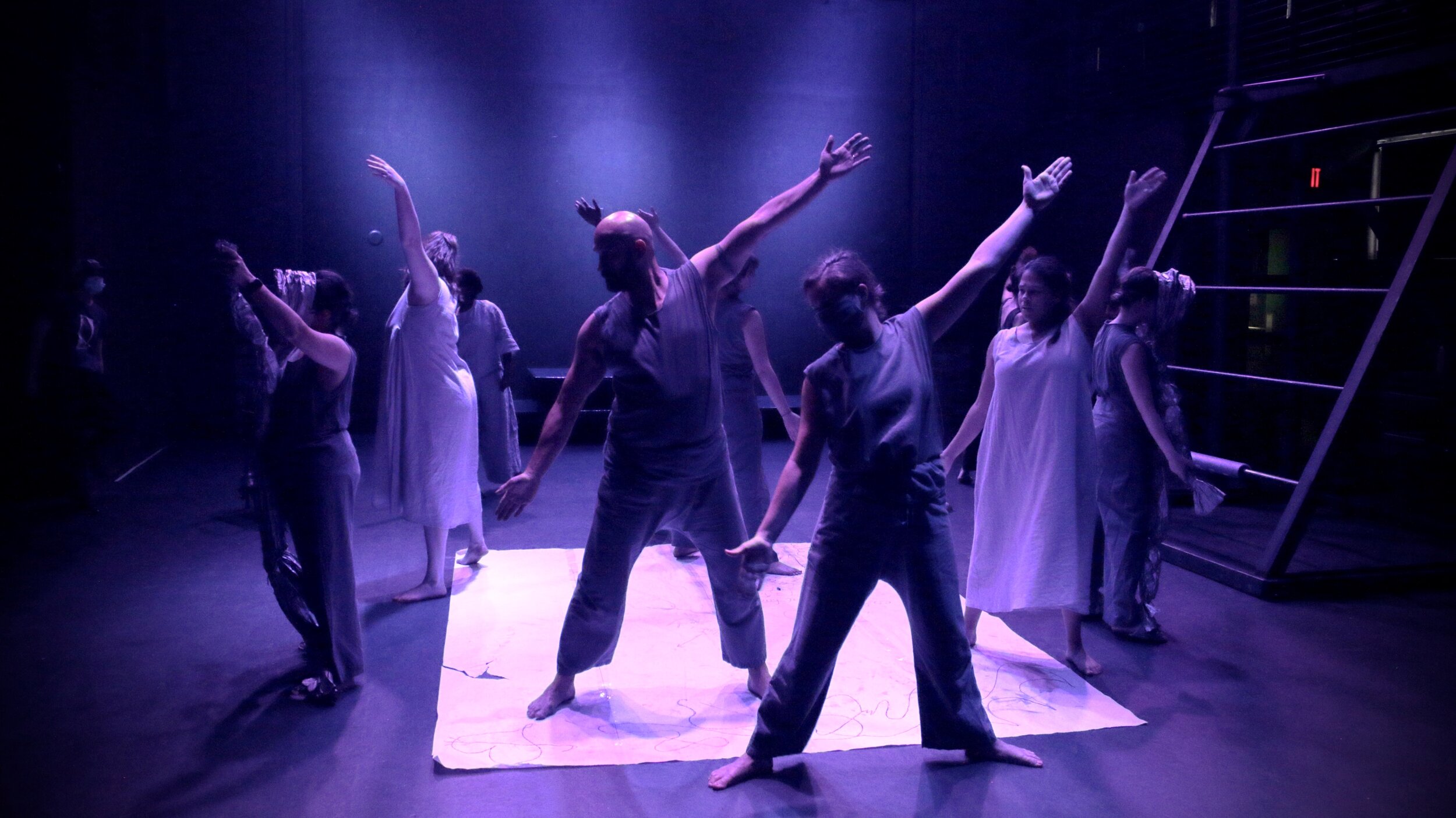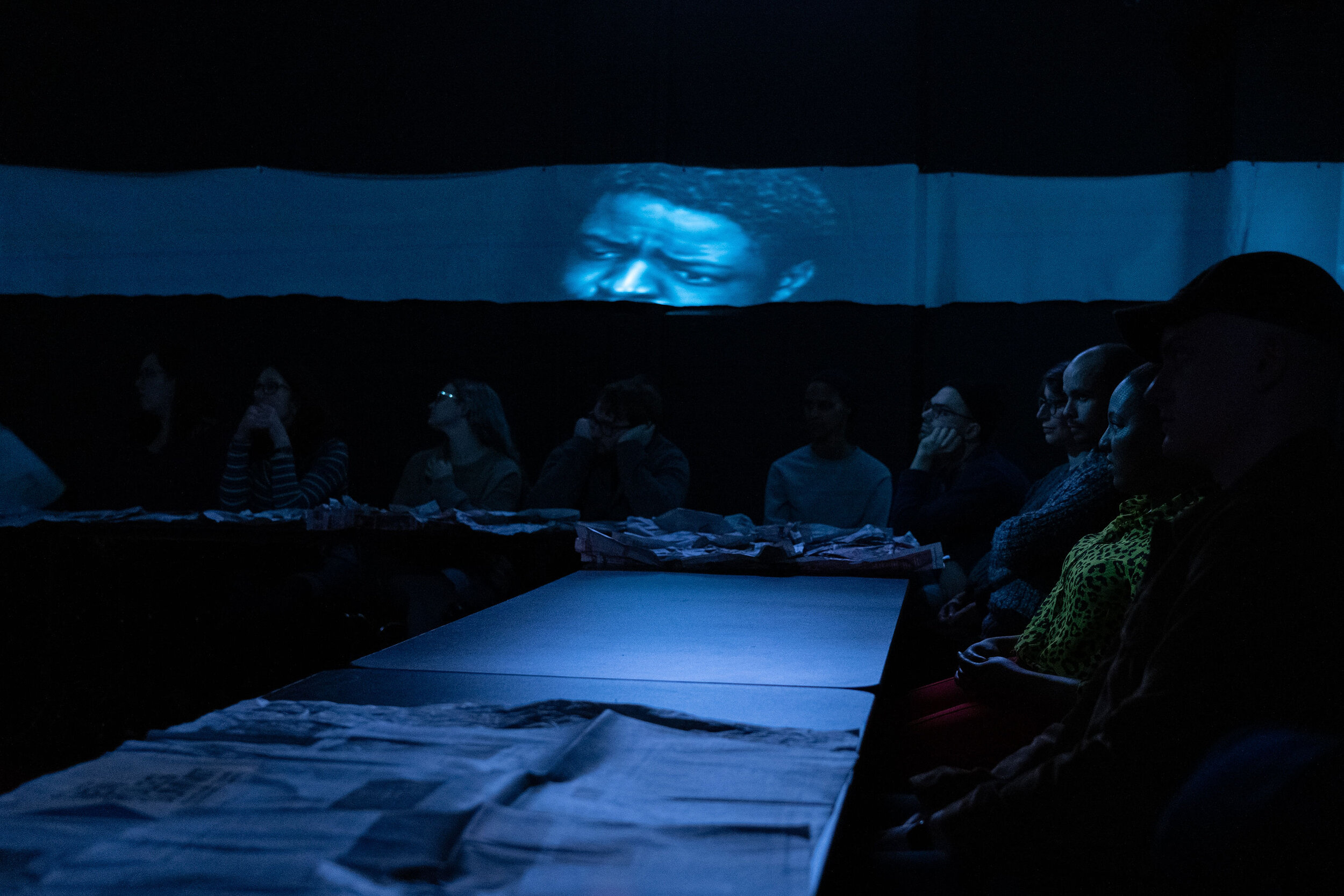
What is Insight Artistry?
Insight Artistry is a method of artistic creation and collaboration that guides artists to pay explicit attention to the way they are using their minds as they seek to realize their artistic aims.
Overview
Insight Artistry is a method for creating that invites artists to develop a curiosity and awareness about their ways of knowing and thinking, with the aim of grounding the artistic process and creating work that is aligned with what we value and our intentions.
What makes Insight Artistry especially unique when applied to the work of artists is that it enables us to critically explore the way individuals involved in a particular conundrum or triumph are using their minds.
Insight Artistry recognizes that when we are feeling stuck in our work, it is not because we do not have the wherewithal or the ability, but that in these moments we cannot find the right questions to ask ourselves to access our authentic impulses, our creativity, and sometimes even the commitment to just keep going.
This method helps us to find the questions that carry us towards clarity and action. Questions that help us articulate what is significant to us, to our work, and to our process. It helps us to reroute our minds from blocks and biases by infusing curiosity and wonder into the way we are making meaning. By paying attention to the way we are using our minds, the questions we are asking ourselves, and how we are arriving at the decisions we make, we are able to become more mindful about how we are relating to our work and ourselves.
The Loop
The Loop (left) is an integral element of the Insight Artistry method and grounds all of the work at TÉA. It is a map for the way in which we use our mind; it highlights the fact that there is a regular sequence and pattern to the flow of our consciousness. It illustrates the series of questions that our mind is constantly working through, consciously and unconsciously. If we can pay explicit attention to the questions that are carrying our minds – to the operations of our consciousness—we are able to gain a deeper and more profound understanding of the experiences and interactions we have, our hopes, worries, values, desires, obstacles and the action we want to take.
The loop helps us to bring our attention to the answers that we are seeking by paying attention to the questions we are asking.

Insight Artistry fosters greater presence of self, thereby creating more expansive pathways for creativity and collaboration.
Origins of Method
Insight Artistry is a practical application of the generalized approach to the empirical method formulated by Bernard Lonergan, the Canadian philosopher, theologian, and methodologist (1904 – 1984). Lonergan’s account of method is based on the simple yet subtle insight that we have minds and we use them. As Lonergan points out, the mind we have is in fact marked by a regular and recurrent flow of conscious operations that includes experiencing, understanding, verifying, valuing, deliberating, evaluating, and deciding. Whenever we use our minds we engage in this flow of operations. And as Lonergan also points out, since we put our minds to many uses, we engage with the patterned flow of consciousness in myriad ways. What distinguishes a method from any other use of human consciousness is that we employ a method when we seek to make a series of progressive and cumulative discoveries in a particular area of inquiry. That is the essence of scientific method. It is also the essence of Insight Artistry.
The simple yet subtle insight that drives Insight Artistry is the recognition that the way we use (or misuse) the patterned flow of our consciousness is intrinsically dramatic and entertaining. In fact, the uses we make of our minds lie at the root of all tragedy and comedy, all conflict behavior and whatever transformation we might manage to achieve. Artists use Insight Artistry as a method. It enables them to critically explore and creatively discover, and aesthetically express the dramatic nature of human living.




